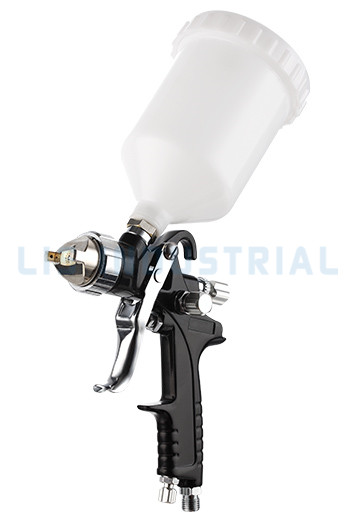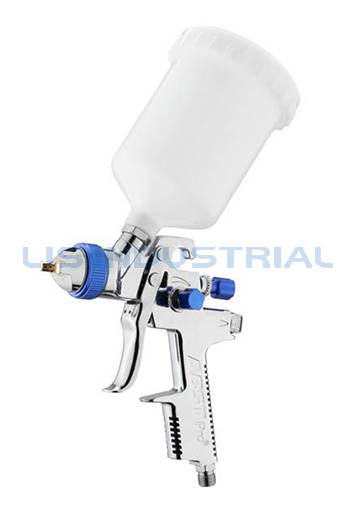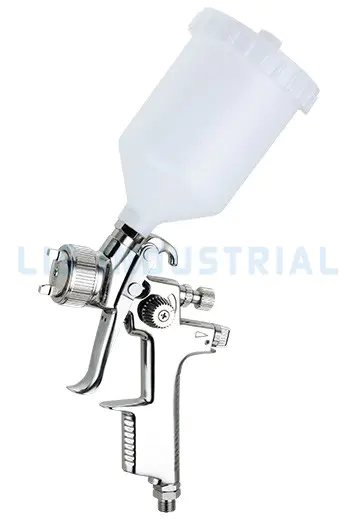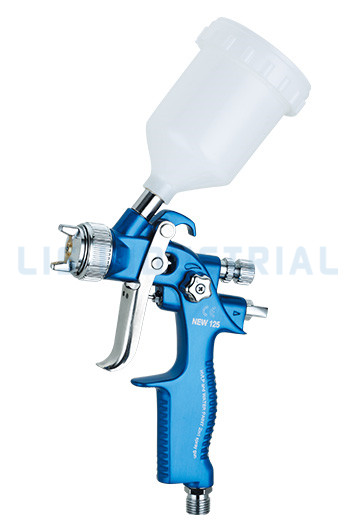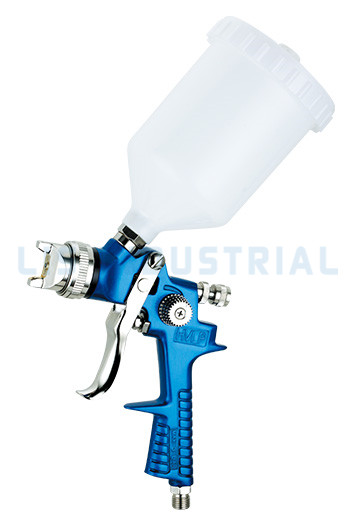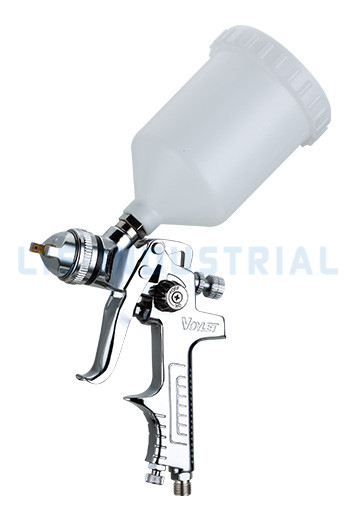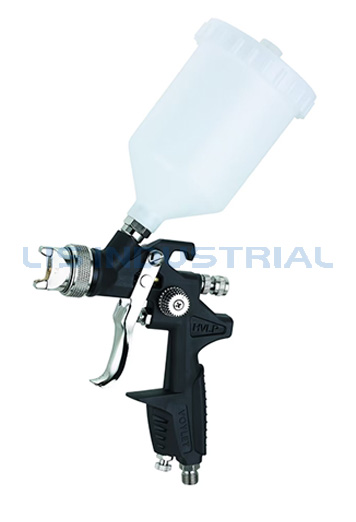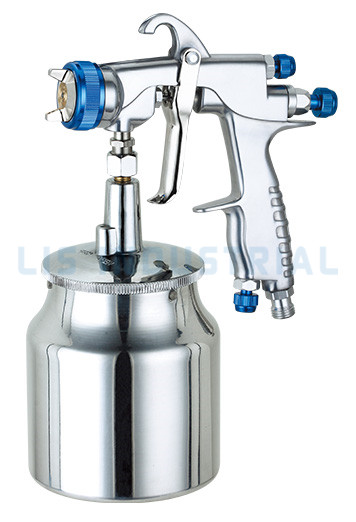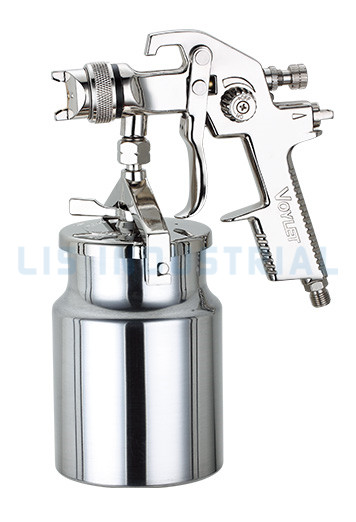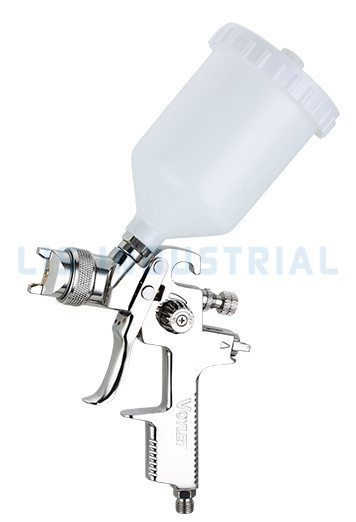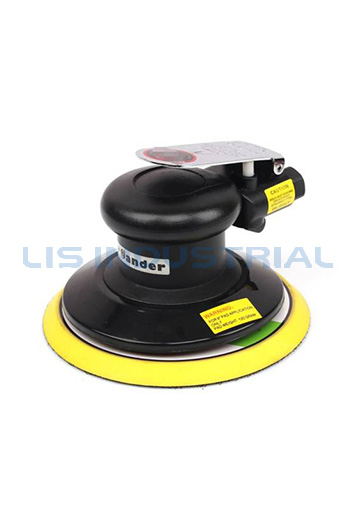Content
- 1 1. Function and importance of the car golos
- 2 2. Working principle and technical analysis of autopolians
- 3 3. Types and selection instructions for car polisher
- 4 4. Use the correct steps and methods of the autocompolishing machine
- 5 5. Evaluation and quality expectation of automotive polishing
- 6 6. Safe operation and precautionary measures of the car composer machine
1. Function and importance of the car golos
The autopolis is an indispensable professional equipment for maintaining cars. Its main function is to restore and improve the shine and smoothness of carolettes by combining physical friction and chemical effect. Since the car is used for a long time, the paint surface is inevitably influenced by environmental factors (such as ultraviolets rays, acid rain, bird droppings, etc.) and daily use (such as car wash, scratches of trees, etc.) and gradually oxidation, fade and fine scratches appear. According to statistics, more than 90% of the vehicles used for more than three years have the color of the color to different degrees.
The core role of car polishing is reflected in three levels: repair, beautification and protection. At the repair level, the polier can effectively remove the oxide layer and superficial scratches on the paint surface and remove the damaged part of the paint surface evenly by professional grinding technology to restore the flatness. According to experimental data, the shine can be increased by 60-80% after a polish with medium performance, which corresponds to the restoration of about 85% of the paint effect when the vehicle leaves the factory. At the beautification level, the heat generated during the polishing process will temporarily soften the color film, and the chemical effect of the polishing agent can fill the microscopic pores, form a mirror effect and make the color more alive and full. On the protective level, the polished paint surface for adhesion of subsequent protective products (such as wax or crystal coating) is more beneficial, which forms a permanent protective layer and the lifespan of the paint surface is extended.
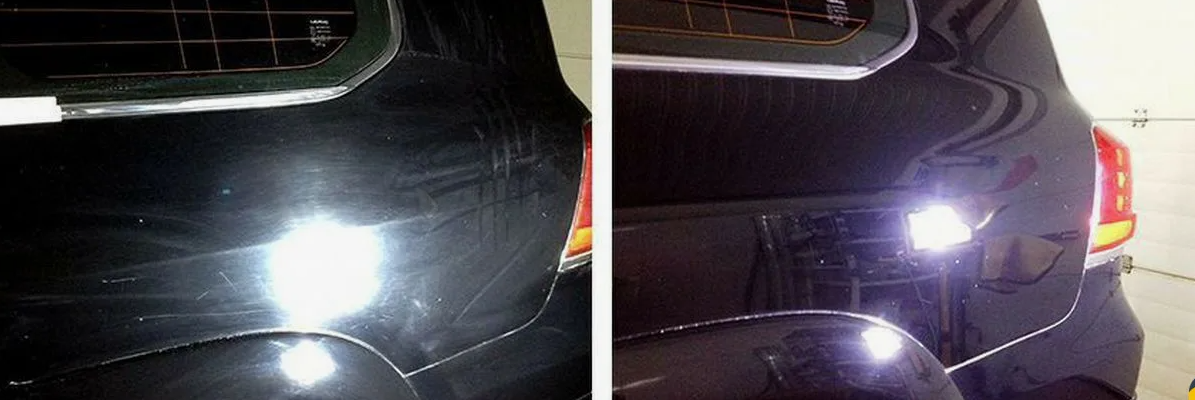
From the point of view of industrial application, the autolors of cars mainly serve three types of scenarios: routine maintenance in beauty shops for cars (about 45%), the paint treatment after accident repair (approx. 30%) and the renovation of the appearance of used car transactions (approx. 25%). Different types of polishing machines have their own advantages in these scenarios. For example, orbital polisers in car beauty shops are more popular due to their gentle treatment methods. Highly efficient rotation politicians are more common in quick repair chain transactions. It is worth noting that the polishing technology with the further development of automotive color technology (such as even repairing paint, multi-layer coating, etc.) is constantly evolving. Modern high-end polishing machines can achieve surface treatment at the nano level in order to meet the special needs of different new types of colored areas.
In addition to the cosmetic repair function, autopolians play an important role in maintaining the value of cars. Regular professional polishing supply can increase the resale value of the vehicle by 5-8%. Polishing supply is not only an aesthetic need, but also a clever economic investment.
Table: Compare the paint parameters before and after polishing
| Test indicators | Before polishing | After polishing | improvement | |
| High gloss (GU value) | 65-75GU |
| 30-40% | |
| Surface roughness (RA) | 0.8-1.2 μm | 0.1-0.3 μm | 75% reduction | |
| Water contact angle | 60-70 ° | 90-100 ° | Increase by 50% | |
| Color saturation | medium | High | Increase by 30-50% |
2. Working principle and technical analysis of autopolians
The scientific principle of autopolians is based on the synergy of mechanics, thermodynamics and surface chemistry. Its core technology lies in the exact removal and restructuring of color materials due to controllable friction. Modern polisers generally use a design scheme in which an electric motor drives the polishing disc for rotating. The speed range is usually between 1500 and 3000 rpm, and most use the stepless speed change technology, which can use the actual conditions to adapt to the actual conditions. The polishing disc mainly consists of sponge or wool. These two materials have an appropriate elasticity and porosity that not only generate sufficient friction, but also store polishing agents in order to achieve continuous chemical effects.
The physical mechanism of the polishing process can be divided into four stages: firstly the cutting level, in which the abrasive particles on the polishing disc cut the microscopic projections on the paint surface under high -speed rotation and remove the oxide layer and the flat markings; Second, the flow level, the heat generated by friction (usually the paint surface temperature increases to 50-70 ° C) the resin on the surface of the paint film is soft, generates under pressure and fills the microscopic depression; Then the finish phase, finer grinding particles, the surface further falls off, reduces the scatter and improves the gloss. Finally, the film image level chemically react with the paint surface in the polishing agent in order to form a protective molecular layer. It is worth noting that the contact pressure between the polishing disc and the paint surface is of crucial importance throughout the process. Professional examinations show that the optimal pressure range is 5-8 N/cm². Excessive pressure leads to overlap, and too little pressure does not work well.
From the perspective of the energy conversion, the polishing machine converts electrical energy into mechanical energy (rotational -kinetic energy) and then converts it through friction into thermal energy. In this process, about 70% of the energy are converted into heat, 25% to remove materials and 5% other losses. This energy distribution determines that the temperature control is one of the key factors in polishing quality. Overheating can lead to blowing or discoloration of the paint surface, so that modern high-end politicians are mainly equipped with temperature sensors and automatic speed reduction functions. If the temperature is determined to exceed the safety threshold (usually 80 ° C), the speed is automatically set to prevent thermal damage.
According to the power source, autopolians can be divided into two categories: electrically and pneumatic. Electrical polish usually have an output of 1000-1500 W, a nominal voltage of 220 V and a frequency of 50 Hz. They are easy to use and have a stable performance, but they have to pay attention to electrical security. Pneumatic politicians rely on the drive on compressed air, which is safe and suitable for moist environments. However, they have to be equipped with an air compression system, and the speed adjustment is not as precise as that of electric motors. From the point of view of the structural design, the polier consists mainly of a base, a motor, a polishing disc, a polishing cover and other components. The engine is connected to the polishing disc via a cone key to ensure stable rotation.
The polishing agent is another key factor that influences the polishing effect. Modern polishing agents are mainly composed formulas, including abrasive particles (such as aluminum oxide, silicon dioxide), lubricant (such as silicone oil), active ingredients (such as polymers) and brighteners. The particle size of the grinding particles determines the polishing intensity and forms a complete polishing process chain from coarse polishing (particle size 10-20 μm) to medium polishing (5-10 μm) to finish (1-5 μm).
Comparative analysis table of the technical parameters of some autoling machines:
| Parameter category | Professional model | Trading model | Home model | Comments | ||
| Nominal output | 1500W | 1200W | 800W | The greater the performance, the greater the processing capacity | ||
| No-load speed | 600-3000 rpm | 800-2800 rpm | 1500-2500 rpm | Continuous variable transmission is more professional | ||
| Polishing disc size |
|
| 125-150 mm | Large pane is more efficient, small pane is easier to control | ||
| Weight |
| 4-5 kg | 3-4 kg | The stability influences too easily | ||
| Noise | <85dB | <80 dB | <75 dB | Hearing protection is required |
Auto polishing machines have developed a variety of technical specifications to meet the requirements of different scenarios. Structurally, the polishing machine mainly consists of engines, bases, polishing slices, polishing covers and other components. The engine is fixed at the base, and the polishing disc connected to the motor shafts by a cone shell ensures a stable rotation.
The most important parameters include:
Electrical parameters: nominal voltage 220 V ~ 240 V, nominal output 1200W, frequency 50 Hz. High-performance models (over 1500 W) are better suited for professional business, while moderate electricity of 800-1200W is suitable for DIY users.
Movement parameters: NO-load speed 800-3000 rpm, polishing disc diameter is usually 180 mm. The combination of speed and polishing disc size determines the linear speed and the ideal value is 10-15 m/s.
Material parameters: Polishing disc materials are divided into two categories: sponge (sparse grain/poet grain) and wool. The former is suitable for fine polishing, and the latter has a stronger cutting power. Polishing agents are divided into three types after abrasive particles: rough polishing, medium polishing and fine polishing.
3. Types and selection instructions for car polisher
Autopolians can be divided into many types according to design principles and functional features, and each type has its specific application scenarios and advantages. Understanding these differences is essential for professional technicians and car enthusiasts to choose equipment that meets your needs. The mainstream politicians on the current market can be roughly divided into three categories: rotation, orbital and handheld, which have different priorities on polishing effect, operating difficulty and applicable objects.
Rotary polisers are the most traditional and most common type, which is characterized by unidirectional high-speed rotation, usually between 2500 and 3000 rpm, strong distance and high efficiency. This type of polish is particularly suitable for dealing with heavily oxidized colors or deep scratches and can remove thicker damaged layers in a shorter time. The disadvantage of the Rotary politicians is that they require high business skills. If you are not properly checked, you are susceptible to "glare lines" (fine spiral markings through rotation) or over -polish. Therefore, this type of machine is more recommended for experienced specialists, especially with large flat surfaces such as hoods and roofs. The technical parameters should have a high -quality rotating polel with a power agreement function (it is recommended to choose a model over 1200 W), and it is best to be equipped with an overheating protection device to prevent motor damage caused by long -term work.
Orbital politicians, also known as a double-effective polishing polier (DA polier), use the principle of eccentric rotation. The polishing disc turns and orbits at the same time. This connection movement significantly reduces the risk of burning the farbo surface. Compared to Rotary polishes, orbital polisers are gentle and safer, suitable for beginners and DIY enthusiasts and also the first choice for most professional beauty transactions. The typical speed range of orbital policians is 4000-8000 OPM (the number of orbital vibrations per minute). Some models have adjustable print settings to adapt to colored areas of different hardness. Orbital polisers can be divided according to the eccentricity (normally 8 mm, 15 mm or 21 mm). Among them is the 8 -mm model for finely polishing, the 15mm is a general type and the 21 mm better for the quick removal of serious defects. For comprehensive repair transactions, it is recommended to equip a 15 -mm eccentricity model in order to meet most work requirements.
Handheld polisers are compact and flexible to use. This makes them particularly suitable for processing complex curved surfaces and narrow areas such as the door handles and the base of the rearview mirrors. These police are usually low, 500-800 w), but with their excellent maneuverability they have irreplaceable advantages in detailed processing. Modern high-end handheld polisers are mainly powered by lithium-ion batteries that are free of the restrictions of wires and are more convenient to use. However, their battery life and the sustainability of the power supply are usually not as good as those of cable models, so they are more suitable as auxiliary devices than as a main polishing tool. For the enthusiasts for auto changes, a reliable handheld polithher is an ideal choice for processing parts of small space such as bikes and air inlet grilles.
Table: performance comparison of three mainstream autopolians
| Type | Top speed | Main advantages | Applicable scenarios | Difficulty |
| Rotary | 3000 rpm | Strong distance, high efficiency | Heavily oxidized farbo surface, deep scratches | High |
| Orbital type | 8000opm | Safe and gentle, not easy to burn | Daily beauty, moderate defects | medium |
| Handheld | 2500 rpm | Flexible and precise, easy to control | Detailed processing, small area | Low |
When choosing a political student, you must also pay attention to several important technical parameters in addition to the type in which you take the type into account. Power is the primary consideration. In general, the higher the performance, the stronger the processing capacity, but also more difficult and difficult to control. For professional businesses, it is recommended to select a 1000-1500W model. DIY users can consider moderate devices from 800-1200W. The size of the polishing disc is also important. The standard size is 6 inches (approx. 15 cm), which is suitable for most jobs. A large pane of 7 to 8 inches can improve efficiency, but reduce the controllability. A small pane of 4 to 5 inches is suitable for good work. In addition, weight distribution and grip comfort are also worth mentioning. A well-designed polish should have a balanced focus and an ergonomic non-slip handle to reduce the fatigue from long-term operation.
The selection of the polishinger should also be adapted for different types of car paint. For ceramic colors and paint with higher hardness, a high-performance rotary pole can be selected with a harder polishing disc. While softer ordinary colors and metal colors are more suitable for gentle orbital polishing to avoid excessive cutting. For vehicles in which you are not sure that the color type is not safe, it is recommended to first test in a small unobtrusive area in order to confirm that there is no adverse reaction before full application.
4. Use the correct steps and methods of the autocompolishing machine
Mastering the correct use of the autolier machine is the key to achieve an ideal polishing effect. The professional operating process can not only improve work efficiency, but also avoid unnecessary damage to the paint surface. A full rate of polishing operation should include four stages: preparation, rough polishing, fine polishing and completion. Each phase has its specific technical points and precautionary measures. According to the standard practice of the automotive beauty industry, we will analyze this process in detail in order to grow from a beginner to a polishing expert.
The preparatory work before construction is the basis of the polishing operation, which often determines more than 50% of the endwirep. First, the vehicle should be cleaned thoroughly, and a strong car fluid should be used to remove surface dust, tar and shellac and other contaminants. When these particles stay on the paint surface, they become grinding pieces during the polishing process and cause new scratches. It is recommended to use a two-bucket car wash method (a bucket with clean water and a bucket of soap water) with high-quality car wash gloves to ensure thorough cleaning. Toner towels with lubricants can be used for deep cleaning for stubborn contaminants such as gums or industrial dust. Dry the body completely after washing, since water stains influence the even distribution of the polishing agent. Next, they protect adhesive tape to protect plastic parts, rubber seals, lights and chrome cladding that do not have to be polished. These materials have a low melting point and can be easily damaged by the polishing heat. It should be noted that the front cooler grille of the vehicle, the sensors and cameras have to be carefully protected in order to avoid damage caused by the penetration of the polishing mass.
The selection of the combination of polishing connection and polishing disc combination is an important part of the preparatory work. The polishing connection should be selected according to the condition of the paint surface: A connection with medium abrasive particles should be used for severe oxidation and deep scratches; A slightly abrasive polishing mass should be used for moderate defects. For light vertebrae and a gloss improvement, a non-entried enamel agent should be used. The principle of the right polishing slices is: Use a dense sponge disc or a woolen disk for harsh polishing and finely polish a sparse sponge disc or a microfiber disc. Apply the polishing mass evenly to the polishing disc in advance and use a circle of about 50 mm diameter to avoid uneven wear, which is caused by excessive local concentration during the first contact.
The main goal of the rough polishing level is to remove the oxide layer and fill deep scratches, which is the most technically challenging part of the entire polishing process. Before starting the polier, you should first test it in an inconspicuous small area (such as the inside of a door frame) to confirm the effect of the combination of speed, pressure and polishing agents. Light the polier on the lacquer surface when operating, so that the polishing disc has fully contact with the paint surface before starting the machine, which can avoid scratches caused by the initial impact. The speed setting should follow the principle of "from low to high", with an initial setting of 800-1000 rpm (type of rotation) or 3000-4000 OPM (orbital type) and then the work speed is gradually increased after the even polishing agent. With regard to the operating techniques, partitioned operations should be used with every area of approximately 30 cm × 30 cm, and the movement speed of the polish should be maintained at around 5-10 cm/second using a straight or wavy path with 50% overlap. The pressure control is the key to rough polishing. The correct pressure should make the weight of the political course the main thop, and the additional pressure used should not exceed 1-2 kg. Too much pressure leads to overheating and excessive removal of the paint surface.
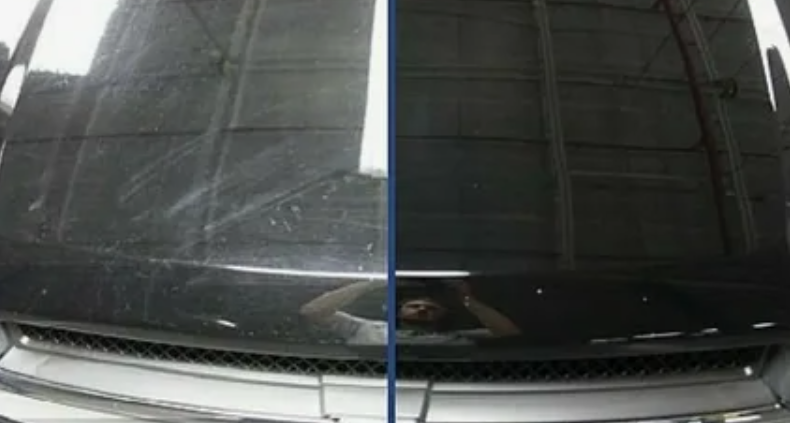
If the polish is drying and becoming translucent, the cutting effect is complete and the speed should be reduced and the polish should be gently moved to use the residual heat to smooth the surface. After completing the rough polishing, use a microfiber cloth to thoroughly remove the gap, check the effect and, if necessary, carry out secondary treatment. The paint surface appears "matt" after rough polishing what is normal. The fine polishing level will restore the shine. The goal of the fine polishing level is to eliminate the easy markings through the rough polishing and to create a mirror -like shine. At this stage, the polishing disc and the polishing mass should be replaced. The speed can be adequately increased (1200-1500 rpm for the type of rotation and 5000-6000 OPM for the orbital type), but the pressure should be reduced and only the weight of the political course can be used. The fine polishing is similar to that of rough polishing, but more attention should be paid to the edges and seams, in which polishing mass remains are probably accumulated. At the end of the fine polishing level, switch off the power of the polisher and use the inertia rotation to "end" the surface, which means that the surface can become more smooth. After the finely polish, wipe the surface again with a clean microfiber cloth. After you have checked whether there are no residues, you can use Lackreiners to remove all Polish residues and prepare for the subsequent construction of the protective layer (wax or crystal coating).
The final work of the polishing process is just as important. First clean the entire vehicle thoroughly, including the gaps and edges of the cladding, to ensure that there are no Polish residues. Then check the condition of the paint surface to confirm that there are no blind brands, burns or untreated areas. Finally, apply the protective layer (it is recommended to wait at least 30 minutes for the paint surface to cool completely). The protective product should be selected according to the needs: palm wax can be used for the university and synthetic crystal coating products are recommended for long -term protection. After the protective layer has been applied, it is recommended to keep the vehicle away from rain or sunlight for 24 hours to ensure the best effect. After completing the entire polishing process, the polishing remnant residue should be removed on the polishing disc, which extends the service life of the tool and the effect of the next use is guaranteed.
5. Evaluation and quality expectation of automotive polishing
The assessment of automotive polishing is a comprehensive technology that combines visual inspection, tactile tests and instrument measurement. Professional technicians have to master extensive evaluation methods to ensure the best polishing quality. A properly polished vehicle color should have a deep shine and a flawless mirror effect. This transformation is not only beautiful, but also effectively protects the paint surface and extends its lifespan. In this section, the evaluation criteria for polishing effects, factors that influence durability and professional proposals for maintaining polishing effects are analyzed in detail.
The visual evaluation of polishing effects is the most intuitive inspection method. Under suitable light sources, the paint surface should be free of visible vertebrae, holograms or remaining deep scratches if they are observed from different angles. Professional auto beauty shops usually use the "three-angle inspection method". Then observe moderate defects under sloping light (45 °); And finally recognize fine vertebrae and residual polishing brands under a flash of light (10-15 °). The high -quality polishing should reflect evenly in all three angles, without strange texture differences.
The tactile rating is also a way to check the polishing effect. The polished paint surface should be as smooth as glass, and there should be no roughness if the palm of your hand gently slides over it. A professional trick is to put a clean plastic bag on your finger (to reduce the disorder of skin oil) and to carefully touch the surface in order to perceive the remaining microscopic bump. For customers who pursue perfection, you can also carry out a "water film test": pour clean water evenly on the polished surface. Ideally, the water should form an even film and flow down quickly without breaks or water droplets. This indicates that the surface energy is extremely low and has reached the nivet flat. If an area is found that is not thoroughly polished, it should be marked and partially re -polished to avoid the overall detection.
The scientific assessment of the polishing effects is inextricably linked to the support of professional instruments. The paint thickness is one of the most important safety equipment for polishing processes with which the amount of color that has been removed during polishing is monitored. The thickness of the original paint surface is usually between 80-150 μm. The principle of safe polishing is not to remove more than 3-5 μm and no more than 15 μm. Polishing without thickening can lead to serious accidents such as primer exposure (generally referred to as the "throwing stable").
The durability of the polishing effect is influenced by many factors. With regard to the environment, strong ultraviolet rays, industrial dust and acidic rain accelerate the decline in polishing effect; The frequency and method of car albums have the greatest influence among the usage factors. Statistics show that under the same environment, the protective effect of professional polishing in combination with regular growing (once every 2-3 months) can take 12 to 18 months, while polishing without growing can only take 3-5 months. The type of paint surface is also a key factor. The harder paint takes longer than ordinary color; While soft colored surfaces tend to swirl again and fine scratches. Park habits are also important. The polishing effect of vehicles that have been parked outdoors for a long time will decrease 2-3 times faster than that of vehicles parked in garages.
In order to maximize the retention period of the polishing effect, a scientific maintenance plan must be determined. Use a pH-neutral car fluid and high-quality car wash gloves for daily washing the car. Avoid using the rotating brushes of automatic car washes that can cause a large number of fine scratches. Apply a seal or a crystal coating every 2-3 months to effectively resist environmental damage and reduce the wear caused by washing the car. For daily cleaning, it is recommended to use a waterless car wash spray with a microfiber cloth that is gentler than the conventional washing of the car and for polished color. If the shine of the paint surface begins to reduce (usually manifested as blurred reflections), it should be polished in time (only with a fine polishing agent) in order to wait until heavy oxidation before processing, which can significantly reduce the loss of paint.
Table: Classification of the polishing effects and corresponding treatment suggestions :
| degree | Gloss (GU) | Visibility of defects | Recommended treatment | Duration of action | |
| excellent | > 90 | Not visible from any perspective | Cleaning of crystal coating protection | 12-18 months | |
| Good |
| Easily visible in view of the light | Sealing clean | 6-12 months | |
| generally |
| Clearly visible under sloping light | Fine polishing protection | 3-6 months | |
| Difference | <70 | Visible from all angles | Fully polished | Processed immediately |
6. Safe operation and precautionary measures of the car composer machine
The autocolabetry company seems easy, but it actually hides many risk factors. From the safety of the device to color protection specifications, every connection must strictly adhere to professional standards. Statistics show that approximately 23% of the beauty accidents of cars are related to improper polishing operation, including equipment injuries, color burns and electrical accidents.
Personal protective equipment is the first line of defense for polishing security. The operators should wear dust masks (N95 standard or higher) to prevent the inhalation of fine particles that are generated by polishing. These particles can contain color substances and abrasive components. Long -terminhalation can cause respiratory diseases. It is recommended to use protective glasses with side protection during operation to avoid that particles with high -speed spray polishing agents violate the eyes. Hearing protection is often overlooked. In fact, the noise of rotational polling machines in narrow rooms can achieve more than 85 decibels. Long -term exposure can lead to hearing damage so that earplugs or ear protectionists are required. In terms of clothing, tight cuffs should be selected to avoid that the risk of loose clothing is caught by rotating parts. At the same time, slide gloves (such as latex-coated gloves) should not be worn to ensure sensitive operation and effective non-slip slingshot. Professional beauty transactions should also be equipped with eyewash and first help kits in order to deal with emergencies such as the polishing agent in the eyes or skin allergies.
The safety examination of the equipment must become a fixed procedure before each use. First, check whether the power cable and the connector are intact, without exposed core or crack. About 40% of the accidents with electric tools are related to wire damage. The polier's body should not have loose parts, in particular the polishing disc fixing nut must be tightened with a special wrench. The eccentric installation of the disc leads to a dangerous vibration. Before starting the machine, find that the speed adjustment switch is flexible and effective and that the emergency button power is normal. These are the last security guarantees. For pneumatic polishes, check whether the air pipe connection is solid and whether the pressure is within the recommended area. Excessive pressure means that the devices lose control. The inspection of the device operation should include a 30-second no-load test to observe whether abnormal vibration or noise is available, which is often a forerunner of failure. It is recommended to set up an inspection table for devices, to confirm and record each element and to form a standardized process.
Lack protection specifications relate to the vehicle value and customer satisfaction and must be followed strictly. Before the construction, the original thickness must be measured with a color thickness. In particular for old vehicles or vehicles that have been polished several times, the color residue can be close to the safety threshold (generally no less than 70 μm). For vehicles with unusual history, it is recommended to start the test with the mildest polishing scheme and gradually increase it in order not to remove too much color at the same time. The temperature monitoring is crucial. The paint temperature of more than 80 ° C leads to a resin and creates irreversible mat or discoloration. Professional infrared thermometers should be standard equipment. Safe operating principles include: Avoid polishing under direct sunlight; The individual polishing area does not exceed 30 × 30 cm; The continuous polishing time in the same area does not exceed 2 minutes. These measures can effectively prevent overheating. Be particularly careful in particularly sensitive areas such as edges, corners and near plastic parts. These places are usually thinner in color and have a poor heat department, which are fire areas with high incidence.
The polishing environment of the car is also very important. The polishing area should be well ventilated, but avoid strong convection wind to avoid that the even distribution of the polishing agent is influenced. The floor should be dry and flat, free of oil and water stains to prevent slipping or loss of control. The work area should be neat and neat, and the wires should be properly defined (it is recommended to use a shoulder strap to wear the wires) to avoid triggering. The lighting should be sufficient and even, since shadows cover color defects and cause uneven polishing. For professional businesses, it is recommended to divide the polishing area into clear areas and to isolate it from other operations such as painting or mechanical repairs in order to avoid cross contamination. Mobile devices such as air pumps should be determined on the spot, and high -pressure air pipes should be arranged along the wall to reduce the risk of triggering. Fire control devices including fire extinguishers (dry powder or CO2 type are recommended) and fire blankets should be placed in an easily accessible location, and the expiry date should be checked regularly.
Emergency plans are the last guarantee of the security system. In the case of color burns (matt or discoloration), the work should be stopped immediately, the color should of course cool down and the degree of the damage should of course be cooled. Smaller burns can be repaired by fine polishing at lower speed. Serious burns require professional improvements. If the equipment smokes or is unusually hot, switch off the power supply immediately and use a fire extinguisher to deal with it. Never use water to delete electrical fires. Principles for dealing with injuries: When polishing agents penetrate the eyes, rinse with plenty of water for at least 15 minutes and search for medical help. Wash with soap water when skin allergies are caused by contact and search for medical help if you are serious. First stop bleeding in mechanical injuries and connect the wound after cleaning.
Table: Risk level as well as prevention and control measures for automotive polishing processes
| Risk type | Risky | Main danger | Main prevention and control measures | Ergence response |
| Mechanical injury | High | Cuts, collisions | Equipment test, standard operation | Association and hemostasis are looking for medical help |
| Electrical accidents | medium | Power shock, fire | Line inspection, leakage protection | Delete and delete |
| Chemical exposure | medium | Allergy, poisoning | Protective equipment, ventilation | Rinsing and looking for medical help |
| Damage | High | Loss of value | Monitoring the thickness, temperature control | Professional repair |
| Noise and dust | Low | Occupational diseases | PSA devices, limited time operations | Long -term monitoring |

 Search
Search
 English
English 中文简体
中文简体 Deutsch
Deutsch